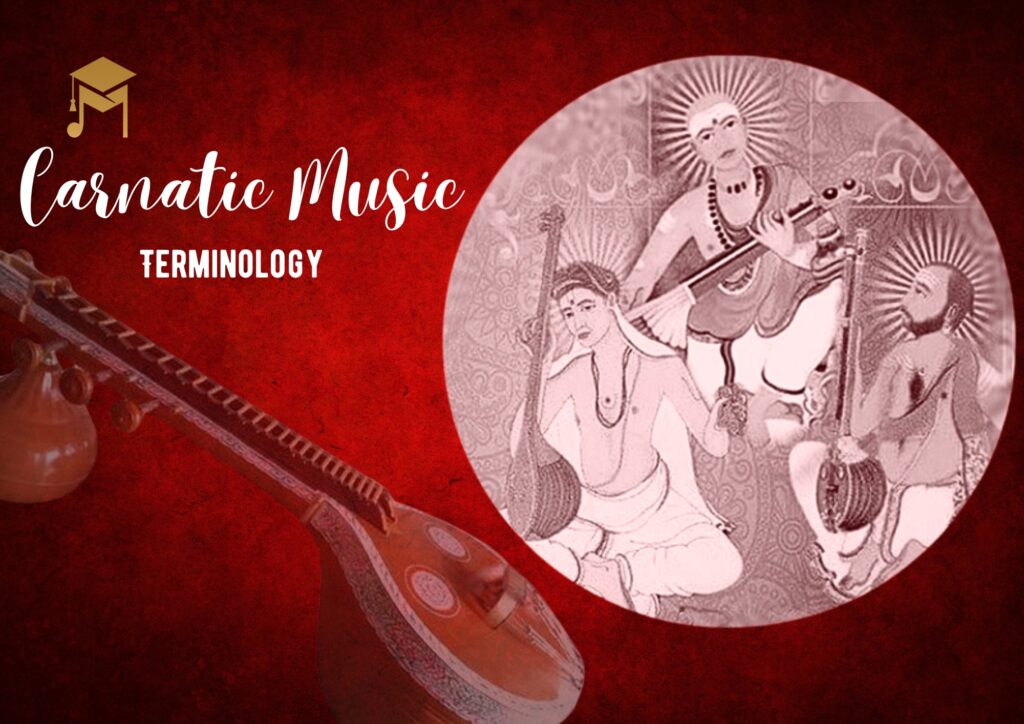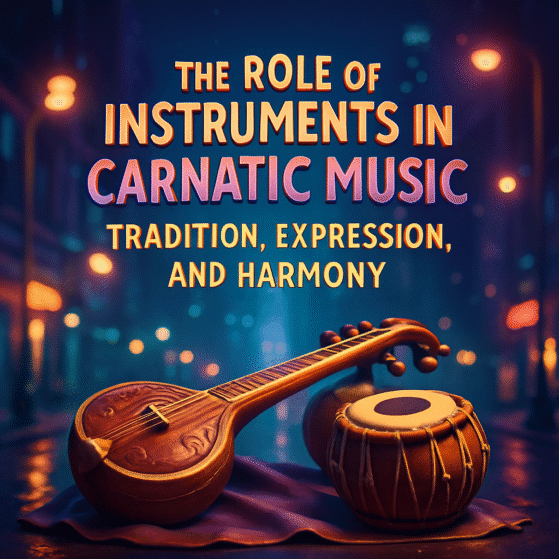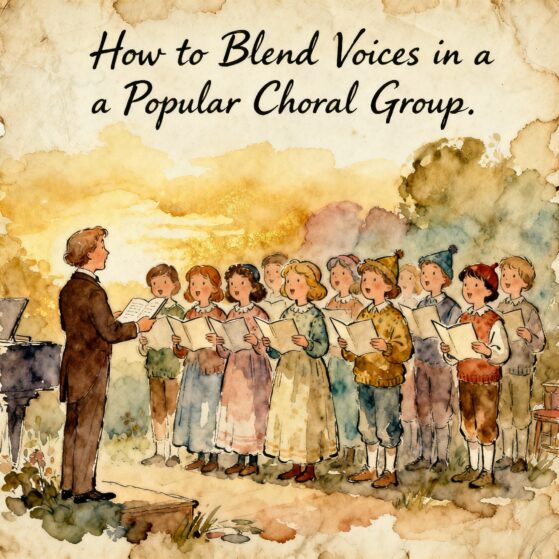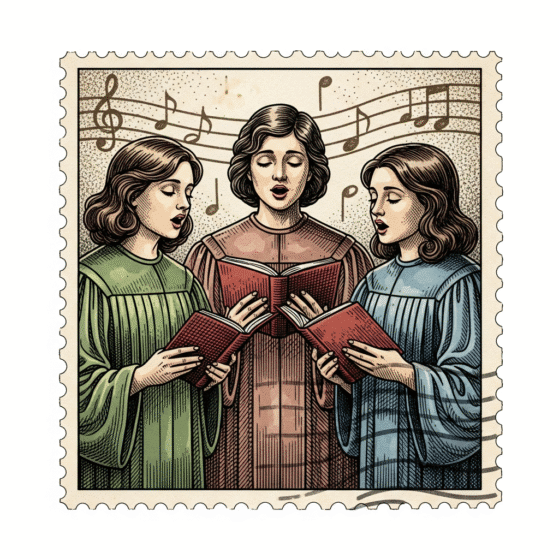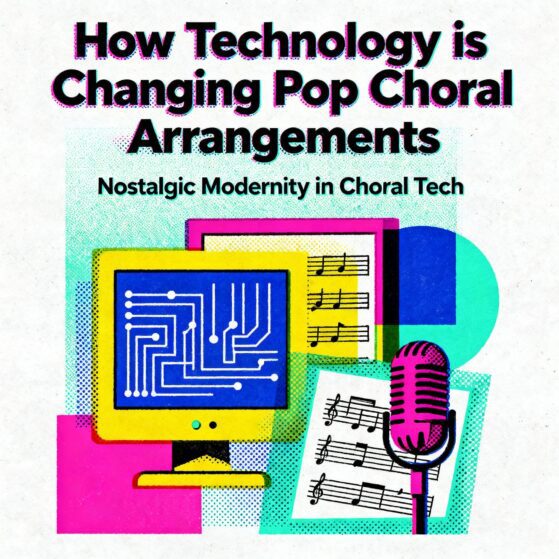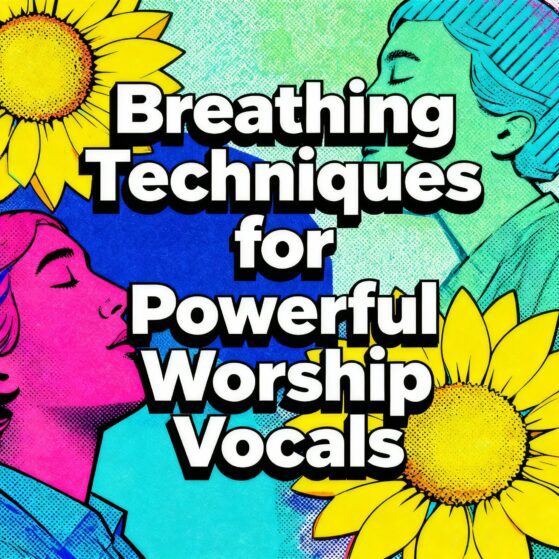A Beginner's Guide to Carnatic Music Terminology
Introduction
Carnatic music, a rich and ancient classical tradition from South India, boasts intricate rhythms, elaborate compositions, and deep spiritual connections. Newcomers to this genre might find the terminology overwhelming, but grasping these terms is crucial for understanding the essence and appreciating the beauty of Carnatic music.
In this guide, we will explore key terms in Carnatic music and provide you with a foundational understanding of its concepts, structures, and practices.

Raga (Ragam)
Raga is the backbone of Carnatic music. It refers to a melodic framework that consists of a specific set of notes and their permutations. Each raga evokes particular emotions and has its own distinct flavor.
- Asampoorna Raga: A raga with fewer notes.
- Sampoorna Raga: A raga with all seven notes in the octave.
Example: Raga Kalyani is known for its uplifting and devotional qualities, often used in compositions that aim to inspire a sense of peace and devotion.
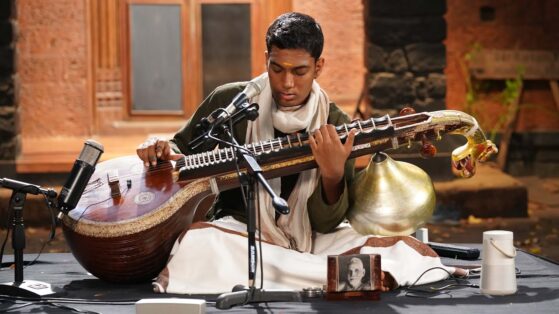
Tala
Tala refers to the rhythmic cycle or time structure of a piece. It is the foundation of rhythm in Carnatic music and is characterized by a fixed number of beats, which are grouped into cycles.
- Adi Tala: A popular tala with 8 beats.
- Rupaka Tala: A tala with 6 beats, divided into 3+3 beats.
Example: Adi Tala is often used in compositions like the “Varnam”, which serves as an introduction to a concert.
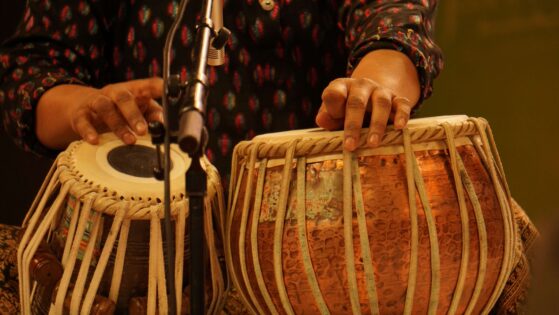
Kriti
A Kriti is a standard form of composition in Carnatic music. It is a structured piece with a specific raga and tala, usually composed in praise of a deity or a theme.
- Chitta Swara: An instrumental section in a kriti showcasing rhythmic patterns.
- Pallavi: The opening verse of a kriti, often repeated with variations.
Example: “Vatapi Ganapatim” is a famous kriti by Muthuswami Dikshitar, dedicated to Lord Ganesha, showcasing the raga Hamsadhwani.
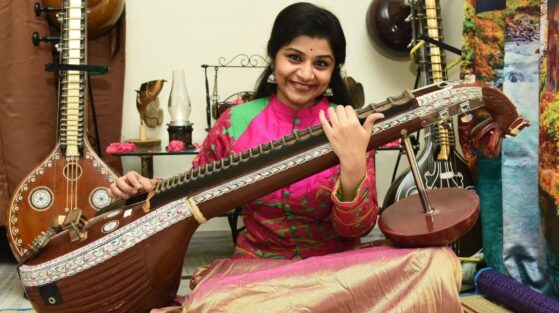
Varnam
A Varnam is a complex, intricate composition that serves as a warm-up piece in a concert. It includes all aspects of raga and tala, offering a comprehensive display of the musician’s skill.
- Alapana: An improvisational introduction to the raga, often preceding the Varnam.
- Tana Varnam: A type of Varnam that focuses on rhythmic intricacies.
Example: “Muthuswamy Dikshitar’s” “Samashti Charanam” in the raga Kalyani is a popular Varnam.
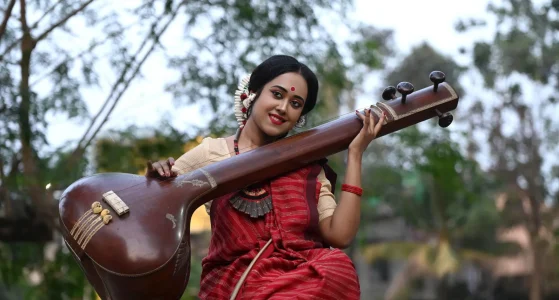
Alapana
Alapana is an improvisational section that explores the raga in its entirety without rhythmic constraints. It serves to establish the mood and depth of the raga before the main composition is introduced.
- Short Alapana: A brief exploration of the raga, often used in shorter pieces.
- Extended Alapana: A more elaborate exploration, typically seen in longer performances.
Example: “Ragam Tanam Pallavi” performances often begin with an Alapana to set the stage for the rest of the piece.
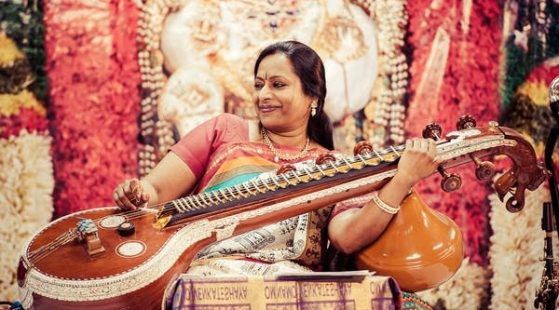
Tanam
Tanam is a rhythmic exploration of the raga, often following the Alapana. It is a more rhythmic and structured improvisation, providing a bridge between the free-form Alapana and the composed sections.
- Short Tanam: Less complex and more focused on rhythmic patterns.
- Long Tanam: More detailed, showcasing a wider range of rhythmic variations.
Example: In “Ragam Tanam Pallavi” performances, the Tanam section highlights the performer’s ability to innovate within the raga.
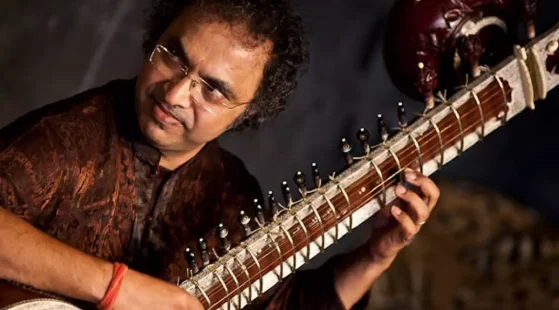
Pallavi
Pallavi is a core section of the “Ragam Tanam Pallavi” composition. It typically features a central theme or line that is repeated with variations throughout the performance.
- Simple Pallavi: A straightforward version of the Pallavi, used for easier renditions.
- Complex Pallavi: Includes intricate variations and embellishments.
Example: In a “Ragam Tanam Pallavi” performance, the Pallavi line serves as the thematic focus, around which the improvisation and variations revolve.
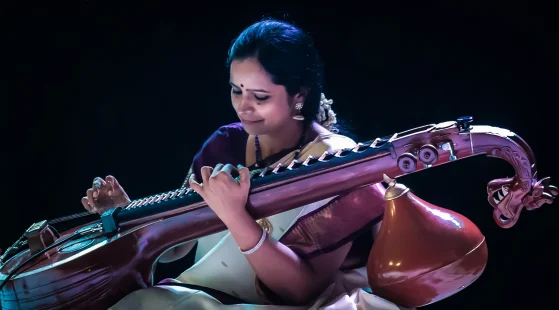
Manodharma
Manodharma refers to the improvisational aspect of Carnatic music. It includes the Alapana, Tanam, and the creative interpretation of compositions. This aspect showcases a musician’s skill in spontaneous creativity.
- Raga Alapana: The improvisational exploration of the raga.
- Tanam: The rhythmic improvisation within the raga.
Example: A performance of “Ragam Tanam Pallavi” highlights the performer’s Manodharma through their unique improvisations.
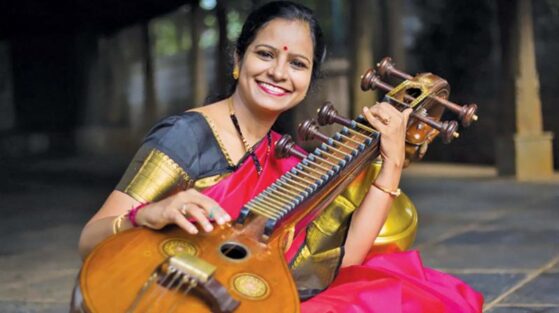
Swara
Swara refers to individual musical notes and their variations. The term is also used to denote spontaneous melodic improvisations.
- Swarakalpana: The improvisation of melodic patterns using swaras.
- Swarasthana: The position of a note within a raga.
Example: “Swarakalpana” in a raga performance allows musicians to showcase their creativity and command over the raga’s structure.

Janya Raga
Janya Raga refers to ragas derived from a parent raga, known as “Janaka Raga.” These ragas have their own unique characteristics while maintaining some elements of the parent raga.
- Mela Raga: Parent ragas that serve as the foundation for Janya ragas.
- Varjya Raga: A raga with omitted notes from the parent raga.
Example: “Kharaharapriya” is a parent raga, from which several Janya ragas are derived.
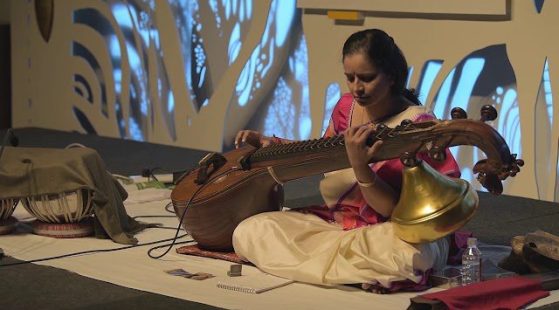
Conclusion
Carnatic music, with its rich and intricate vocabulary, offers profound expressive possibilities that enhance its beauty and complexity. At The Mystic Keys, we help you grasp essential terms like Raga, Tala, and Kriti to deepen your appreciation of this South Indian classical tradition. Whether you are a musician, student, or enthusiast, understanding these concepts will enrich your engagement with Carnatic music. Join us at The Mystic Keys to explore this magnificent tradition and embark on a journey of discovery and growth.
For more information and exciting resources about learning music, visit our website at The Mystic Keys. For more music content and exciting offers follow us on


